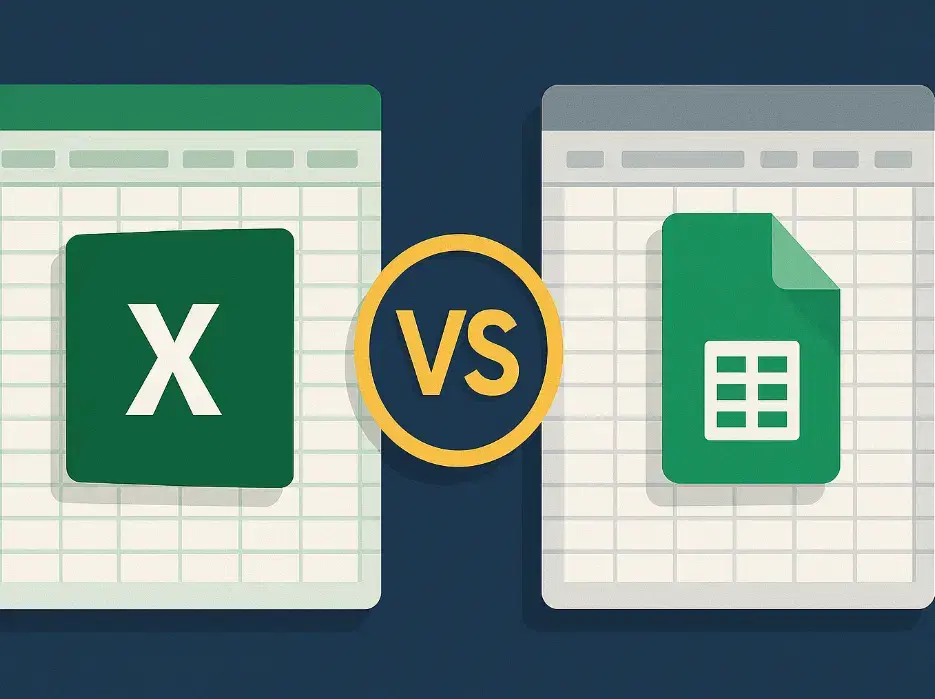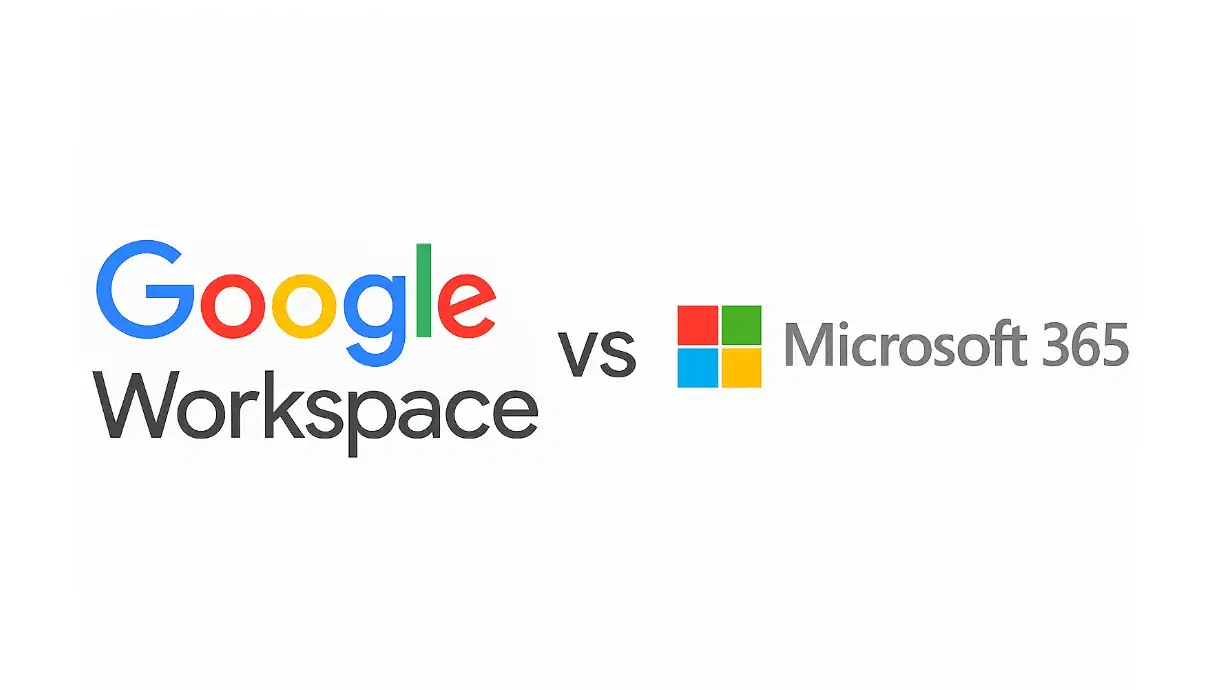Is Grok Better Than ChatGPT?
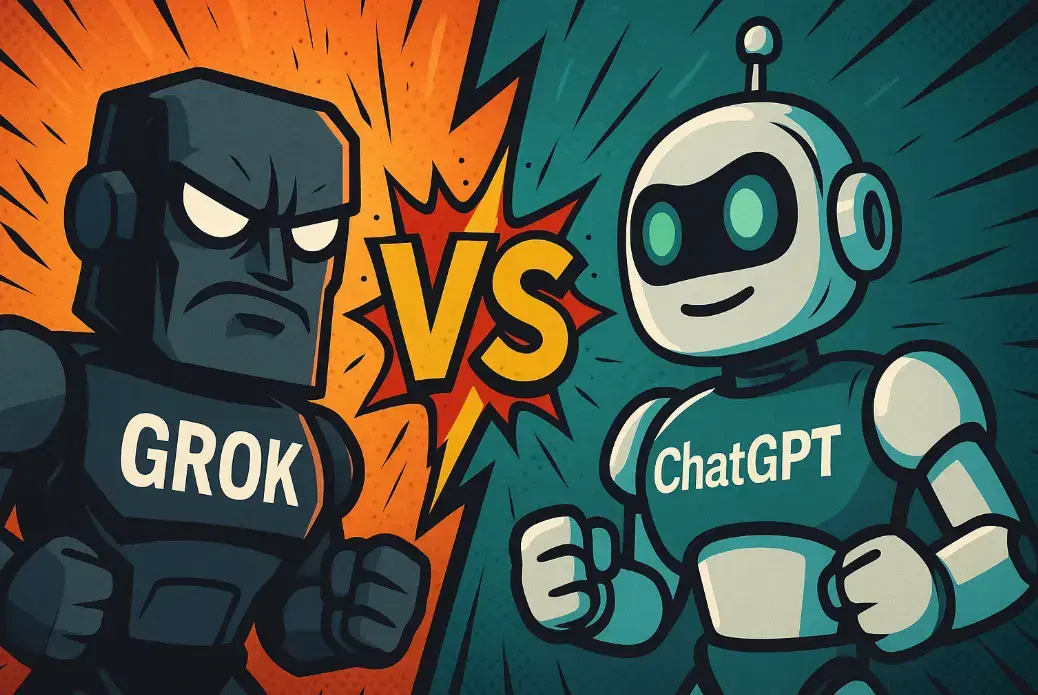
Grok (by xAI) and ChatGPT (by OpenAI) are both top-tier AI assistants in 2025. They can reason through complex problems, draft content, generate code, analyze documents, and interpret images. But they prioritize different strengths:
Grok leans into technical reasoning and live data from X (formerly Twitter) and the web.
ChatGPT emphasizes depth of reasoning, creative polish, and a mature ecosystem for teams and developers.
Below you’ll find a clear comparison with side-by-side tables, pricing breakdowns, strengths and weaknesses, and your winner with recommendation at the end. Everything is written for you, the buyer, builder, or busy professional who needs results.
Grok Vs ChatGPT Features Comparison
CategoryGrok (Grok 3 / 4 family)ChatGPT (GPT-4o / GPT-5 family)Core strengthSTEM reasoning, coding speed, real-time X & web data (DeepSearch)General reasoning, creative writing, content quality, large ecosystemStandout modesThink Mode, Big Brain Mode, DeepSearchDeep research mode, code interpreter, custom GPTsCodingVery fast generation, strong debuggingExcellent multi-language support, robust interpreter & toolingWriting styleConcise, technical, directNatural, fluent, persuasive, brand-adaptableMultimodalText, images, strong with technical diagrams, video access via web integrationsText, images, audio, video, image & video generation optionsSpeedOften faster on code tasks and short answersConsistent, can switch between fast and “deep think” responsesLive dataNative access to X, DeepSearch for current web contextWeb browsing via search, strong synthesis & sourcingMemoryManual per-mode tuning and persona-like behaviorAutomatic memory (opt-in), adaptive personalizationIntegrationsDeep ties to X, developing app ecosystemBroad plugins, Microsoft/Adobe/Notion/Zapier, enterprise APIsAppsWeb, iOS, access via X tiers, Android rolling outWeb, desktop, iOS, AndroidTeam/EnterpriseEmergingMature (Teams, Enterprise, admin console, SSO, policies)
Price Comparison
Pricing changes quickly in AI. Please treat this section as directional and verify current offers before purchasing.
Plan / AccessGrokChatGPTFree accessLimited availability, periodic promos, many features tied to paid X tiersAlways-available free tier with a capable modelConsumer planSuperGrok approx. $30/month, X Premium+ approx. $40/month for integrated featuresChatGPT Plus $20/month (enhanced models & features)Pro / Heavy-useHeavy tier (varies by region, e.g., £222/month cited in some markets)ChatGPT Pro $200/month (priority access, higher limits)TeamNot broadly available yetTeam tier (approx. $25–$30/user/month) with admin toolingEnterpriseNot generally availableEnterprise (custom pricing, policy controls, SSO, SLAs)APILimited/rolling out, not consistently available to the publicMature, widely used API with usage-based pricing
If you want a steady, low-cost way to try a top model, ChatGPT’s Plus plan hits an attractive value sweet spot. Grok’s pricing can be higher depending on how you buy it (e.g., through X tiers), but you’re paying for fast reasoning and real-time data integrations.
Side-by-Side Functionalities (Is Grok Better Than ChatGPT)
Feature AreaGrokChatGPTReasoning modesThink Mode (step-by-step), Big Brain (more compute)Deep research, step-wise reasoning, “fast vs. deliberate” behaviorsReal-time dataDeepSearch across X and the live webWeb browsing, strong synthesis with citationsCodingFrequently 1.2× faster in code generation, strong debug sessionsTop-tier code interpreter, multi-file reasoning, better cross-tool supportSTEMBenchmarks show strong math/science accuracyExcellent, often more explanatory and carefulContent creationDirect, conciseBest-in-class creative polish and tone controlMultimodalGreat with technical visuals, analyzes files and X threadsText, vision, voice, image & video generation optionsCustomizationMode selection per task, early-stage tool integrationsCustom GPTs, plugins, knowledge uploads, scheduled tasksOrganizationFocused chats, tied to X persona and feedsProjects, shared assets, Canvas for long-form workTeam & governanceEarly stageRobust: roles, policies, data controls, admin consoleEcosystemX-centric, growing developer storyExtensive third-party integrations & automation hooks
Strengths of Grok & ChatGPT
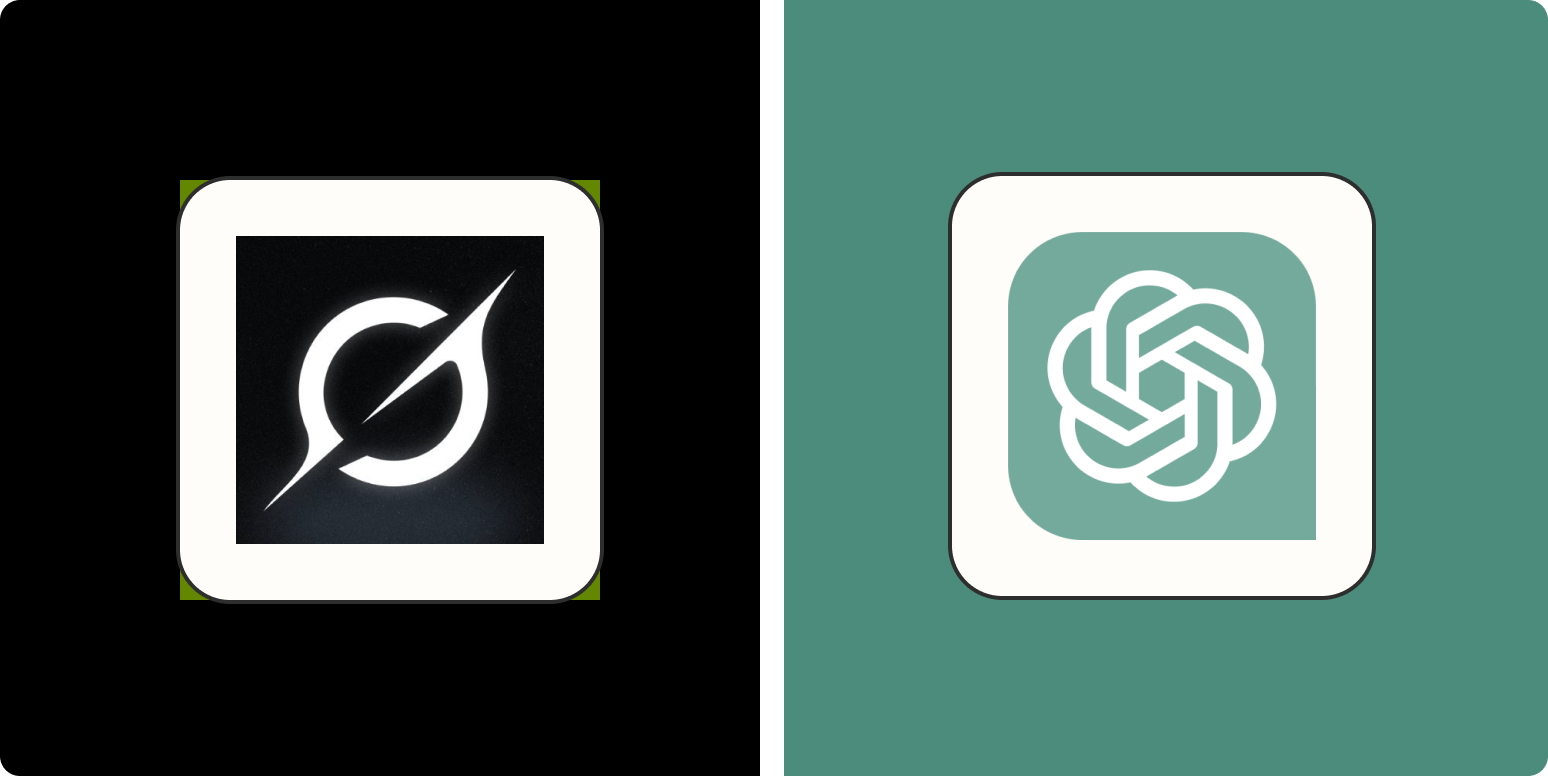
Grok Strengths
STEM & Coding Speed: Grok is frequently faster on code generation and succinct technical answers, with strong debugging efficiency.
Live Signals: DeepSearch across X plus the web makes Grok feel “plugged into the moment,” useful for trend tracking, news, and fast-moving topics.
Technical Concision: Responses are compact, less flowery, and aimed at getting the job done for engineers, analysts, and researchers.
ChatGPT Strengths
Creative & Brand-Safe Writing: Blogs, emails, landing pages, scripts, ChatGPT hits tone, voice, and structure reliably.
Deep, Nuanced Reasoning: For multi-step logic, structured plans, policy design, or strategy docs, ChatGPT is consistently methodical and clear.
Ecosystem & Scale: From custom GPTs and plugins to enterprise admin and APIs, ChatGPT is the safer bet for company-wide rollouts.
Models/Context Windows/Specs (What They Mean for You)
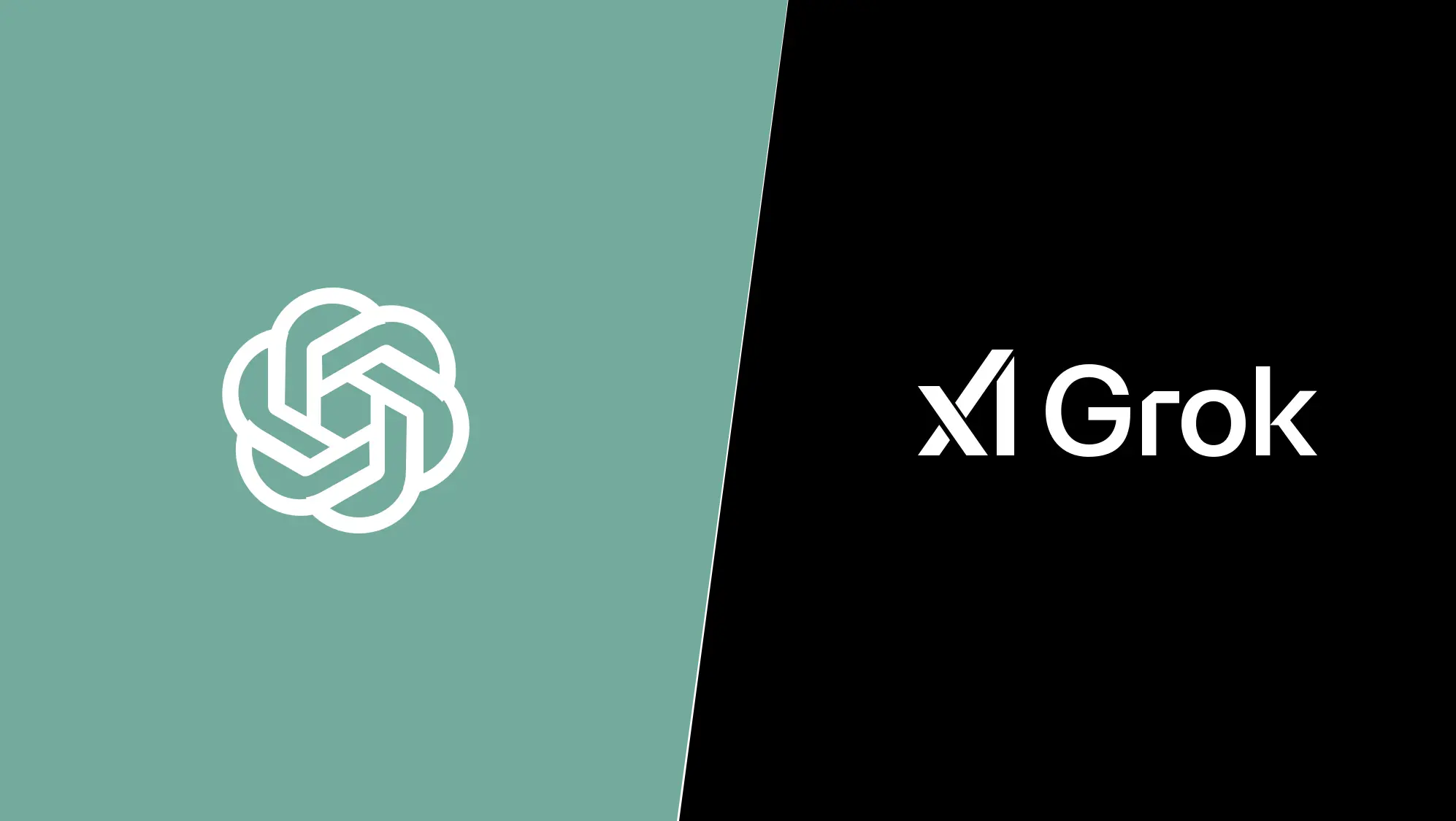
Grok 3/4: Grok 3 has been reported with very large parameter counts and context windows up to 128K-256K tokens (depending on tier). In practice, this means you can paste longer specs, logs, or transcripts and keep the thread coherent. Grok 4 testing suggests improved reasoning and multi-agent problem-solving.
ChatGPT (GPT-4o / GPT-5): ChatGPT’s context window (commonly 128K) is large enough for most enterprise docs and codebases. GPT-5’s strength is balance: it knows when to answer fast and when to “think” deeply, which is helpful in ambiguous tasks where you’d prefer fewer confident mistakes.
Bigger context windows are helpful, but not everything. How the model uses the context, retrieval, attention, and reasoned synthesis, matters more. You’ll feel that in ChatGPT’s thoroughness and Grok’s speed on targeted tasks.
Reasoning/Accuracy/Benchmarks
Grok: Reports highlight high scores on competitive STEM benchmarks and strong “Think Mode” performance, with notable coding and math reliability. Developers commonly note faster “first workable draft” code and improved debug loop efficiency.
ChatGPT: Benchmarks frequently show ChatGPT at or near the top for general reasoning and creative planning. In complex, multi-constraint prompts, legal style analysis, policy scenarios, academic-level synthesis, it tends to provide the most balanced combination of correctness, caution, and clarity.
Data Access/Research/Sourcing
Grok: DeepSearch connects to X in real time and scans the web rapidly. This is particularly useful for monitoring sentiment, breaking stories, and early signals in specialized communities.
ChatGPT: Web browsing is strong, and deep research modes produce structured, source-aware summaries. If you need a defensible synthesis (with context and rationale), ChatGPT’s presentation tends to be more “board-ready”.
Pro Tip: You can use Grok when the novelty and freshness of information is the priority. While it’s better to use ChatGPT when coherence, organization, and defendable argumentation matter more.
Coding and Technical Workflows
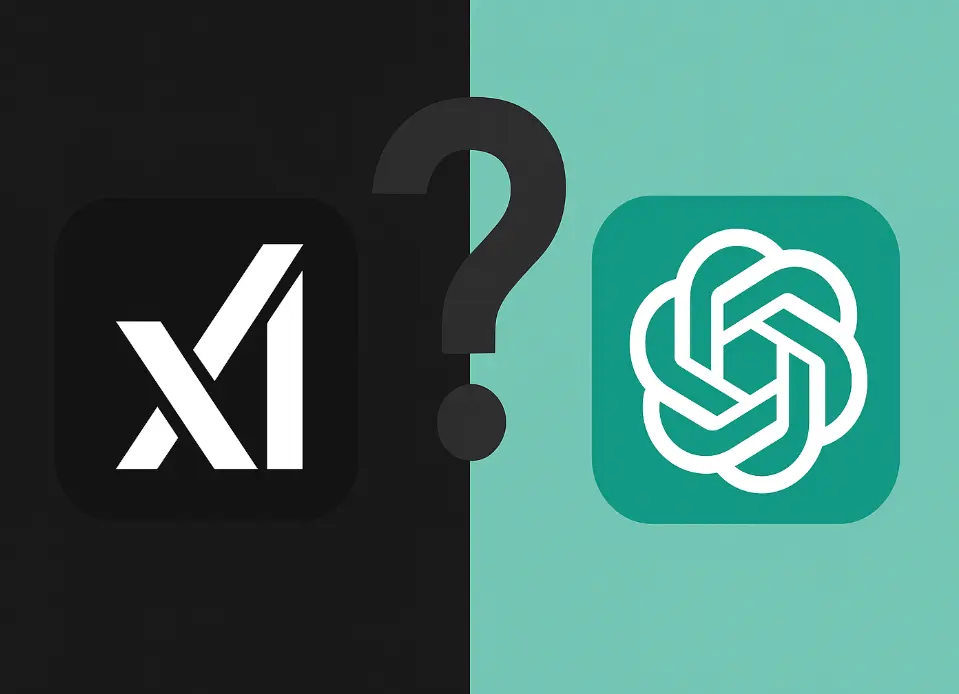
Grok: Shorter latency in code generation and strong performance on challenge prompts. If you live in VS Code or you’re iterating quickly, you’ll like Grok’s tempo and focus.
ChatGPT: The code interpreter and analysis tools make it excellent for refactoring, test generation, and multi-language support. It’s also great at “explain this codebase” and “design a migration plan”, tasks that require both code and documentation finesse.
Pro Tip: Grok is the sprinter while ChatGPT is the marathoner with coaching skills.
Content Creation and Brand Voice
Grok: Technical write-ups, crisp summaries, and engineering docs come out clean and to the point.
ChatGPT: Engaging copy, varied tone, persona-accurate messaging, and long-form structure are where it shines. If you hand off ChatGPT drafts to stakeholders, you’ll typically do less rewriting.
Is Grok Better Than ChatGPT? You’ll likely prefer ChatGPT for day-to-day content ops and campaign assets. You can also use Grok for data-driven briefs and rapid research.
Multimodality (Images, Video, Audio)
Grok: Strong at interpreting technical images, screenshots, and diagrams, can cross-reference with X content and web context.
ChatGPT: Full multimodal support, including image and video generation options, plus better creative guidance for storyboards, scripts, and visual narratives.
Speed/Reliability/Interface “Feel”
Grok: Feels quick and responsive, particularly on coding tasks and concise Q&A. “Think Mode” adds deliberation when needed.
ChatGPT: Rarely the absolute fastest, but reliably consistent. When you ask for depth, you get depth, when you ask for a quick draft, it’s polished enough to ship after minor edits.
Privacy/Security/Governance (Most Important)
Grok: Access is closely tied to X subscriptions and xAI’s ecosystem. Enterprise-grade controls are still developing.
ChatGPT: Team and Enterprise plans offer data segregation, admin controls, SSO, auditability, and policy management. Enterprise commitments not to train on your data are well-documented in these tiers.
As of today, ChatGPT is the safer organizational choice.
Integrations and Ecosystem
Grok: Oriented around X signals with growing developer tooling. Ideal if your day revolves around X data streams and live monitoring.
ChatGPT: Huge ecosystem, Microsoft 365, Notion, Adobe, Zapier, thousands of plugins and APIs, plus custom GPTs to package your workflows.
Pro Tip: If your team builds internal tools or automated agents, ChatGPT’s API and plugin universe will get you there faster. So here, ChatGPT is better than Grok.
Best For (By Persona)
Persona / Use CaseChoose Grok ifChoose ChatGPT ifSoftware engineerYou want fast code stubs and tight debug loopsYou want refactoring plans, tests, migration docs, and cross-tool supportData analyst / ScientistYou need live signals and quick math/plot checksYou need rigorous narrative around data, with sources and presentationResearcherYou track fast-moving topics on X and the webYou produce literature reviews, structured syntheses, and reportsMarketer / CopywriterYour content is technical briefs and specsYou need brand-faithful voice, long-form content, and campaign assetsProduct / StrategyYou need rapid inputs from live feedsYou need stakeholder-ready strategy docs and options analysisTeam lead / ITYou’re experimenting individuallyYou need admin, SSO, policy, and predictable org-wide rollout
How To Choose (Quick Pick)
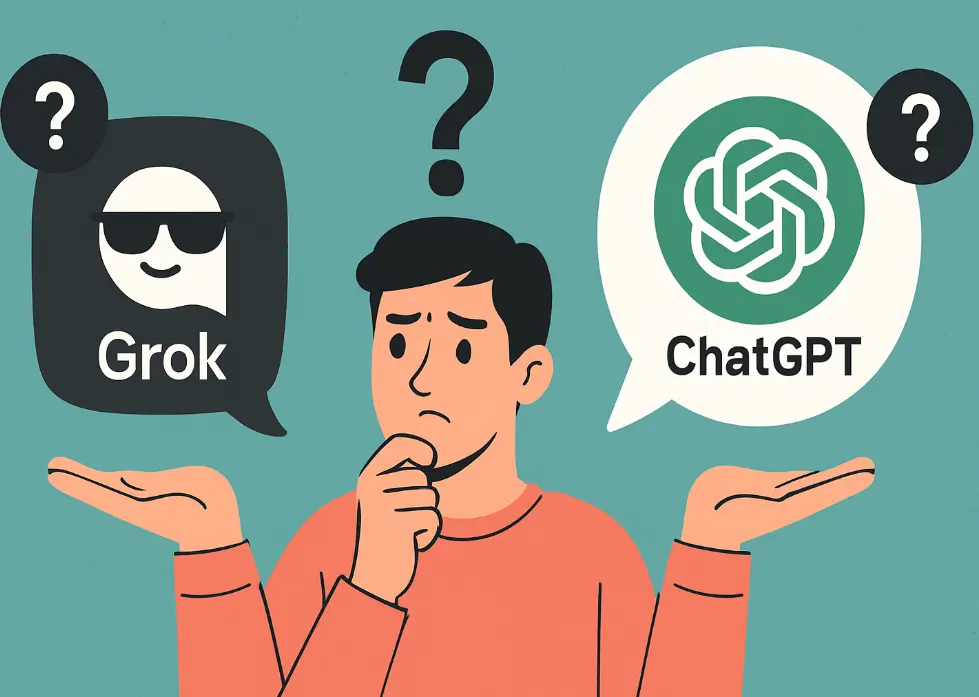
PriorityWinnerWhyFast coding & concise STEM answersGrokSpeed, Think Mode, strong math/coding benchmarksCreative, on-brand copyChatGPTPolished tone control and narrative structureReal-time signals & trend trackingGrokDeepSearch + X accessResearch you can present to leadershipChatGPTCoherent, sourced, structured outputsEnterprise rollout todayChatGPTMature team/enterprise stack and APIsLowest consumer price for top utilityChatGPTPlus at $20/month is strong valueMassive contexts (e.g., logs/specs)DependsGrok tiers offer very large windows, ChatGPT offers 128K that’s enough for mostBuilding automations & agentsChatGPTRich API, plugins, custom GPTs, ecosystem breadth
Final Verdict (Is Grok Better Than ChatGPT)
If you’re choosing one assistant in 2025, pick based on how you work, not just raw model hype:
Choose Grok if you
Live in code editors and want the fastest possible code generation and debugging loops.
Rely on real-time signals from X and the open web.
Prefer concise, technical answers over narrative polish.
Choose ChatGPT if you
Need high-quality writing that’s brand-safe and presentation-ready.
Want nuanced, multi-step reasoning for strategy, policy, and research.
Plan to roll out AI across a team or organization, with governance, integrations, and a robust API.
For most users and most businesses, ChatGPT is the safer default because of its balanced reasoning, creative competence, and mature ecosystem. If your daily work is STEM-heavy, trend-driven, or code-centric, and especially if you’re already embedded in X’s universe, Grok can be the sharper tool for your specific jobs.
Is Grok Better Than ChatGPT? The best outcome for power users in 2025 is not either/or: use both. You can let Grok handle fast technical bursts and live-data questions as well as let ChatGPT handle the heavy lifts, long-form content, structured analyses, stakeholder decks, and enterprise workflows.
FAQs
Is Grok “better” than ChatGPT?
It depends on your needs and applications. For example, for technical reasoning, coding speed, and live data, Grok often feels better. On the other hand, for general reasoning, creative writing, ecosystem maturity, and enterprise use, ChatGPT wins.
Which one should you use for day-to-day content?
ChatGPT is your answer because you’ll get fewer rewrites and more consistent brand voice.
Which is more current on news?
Grok tends to feel more “of the moment” because of DeepSearch and X integration. ChatGPT is strong at summarizing what matters with structure and context.
Which is more affordable, ChatGPT or Grok?
For consumer value, ChatGPT’s $20/month plan is compelling. Grok’s tiers can cost more depending on how you access them (e.g., X Premium+).


